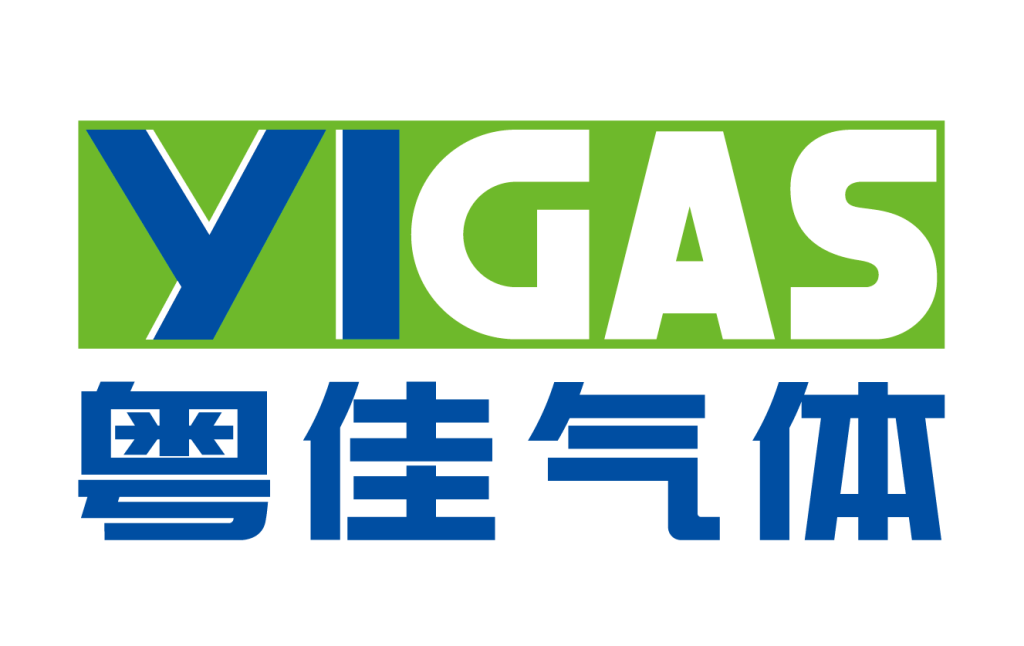Table of Contents
- Introduction
- Why Cylinder Size Matters for Welding
- Common Gases Used in Welding
- Welding Gas Cylinder Sizes Chart
- Spotlight: YIGAS Group – Trusted Gas Supplier
- How to Choose the Right Cylinder Size
- Safety & Storage Precautions
- Conclusion
- Summary Table
Introduction
Welding gases are essential in various welding processes—shielding, cutting, brazing—and selecting the right gas cylinder size is critical for efficiency, safety, and cost effectiveness. In this guide, we’ll explore the most commonly used welding gases, provide a detailed 2025 cylinder sizes chart, and highlight YIGAS Group, a trusted ISO-certified manufacturer and supplier. Top 10 Welding Gas Suppliers in the World

Why Cylinder Size Matters for Welding
- Operational Efficiency: Choosing the right cylinder volume minimizes downtime for refills.
- Cost Management: Larger cylinders may offer lower cost per unit, but require storage and handling capacity.
- Mobility & Handling: Small cylinders facilitate portability on job sites or for small-scale work.
- Safety: Correctly sized cylinders reduce pressure fluctuations and overuse risks.
Common Gases Used in Welding
Here are the primary gases used in welding and related processes:
Argon
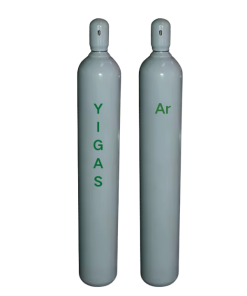
- Used in TIG, MIG, and plasma cutting
- Inert gas providing a smooth, uncontaminated arc
- Available in pure or mixed blends
Acetylene
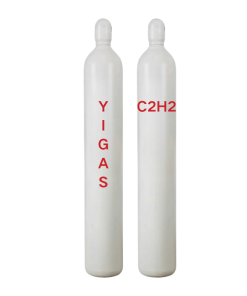
- Primary fuel gas for oxy-acetylene welding and cutting
- High flame temperature (>3,000 °C)
- Always used with oxygen
Carbon Dioxide
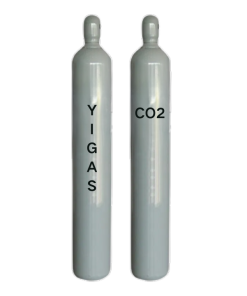
- Commonly used in MIG welding (GMAW)
- Provides deep penetration but can increase spatter
Helium & Other Specialty Gases
- Helium: boosts arc heat in MIG & TIG
- Nitric oxide, ethylene, methane: used in specialized industrial applications
Welding Gas Cylinder Sizes Chart
| Gas Type | Designation | Water Capacity (L) | Full Pressure (MPa) | Approx. Content (m³) | Typical Use Scenario |
|---|---|---|---|---|---|
| Argon | EG A 10 | 10 | 15 | 2.8 | Small TIG/MIG setup |
| Argon | EG A 40 | 40 | 15 | 11.0 | Medium industrial use |
| Argon | EG A 50 | 50 | 15 | 13.5 | Heavy shop use |
| Carbon Dioxide | EG D 10 | 10 | 15 | 2.8 | Small MIG/cutters |
| Carbon Dioxide | EG D 40 | 40 | 15 | 11.0 | Welding booths |
| Acetylene | EG C 2 | 2 | 1.5 | 1.2* | Portable oxy-fuel torch |
| Acetylene | EG C 10 | 10 | 1.5 | 6.0* | Stationary torch setups |
| Helium | EG H 40 | 40 | 15 | 17.5 | TIG boost & specialty welding |
*Acetylene volumes calculated at reduced safe pressure (~1.5 MPa).
Spotlight: YIGAS Group – Trusted Gas Supplier
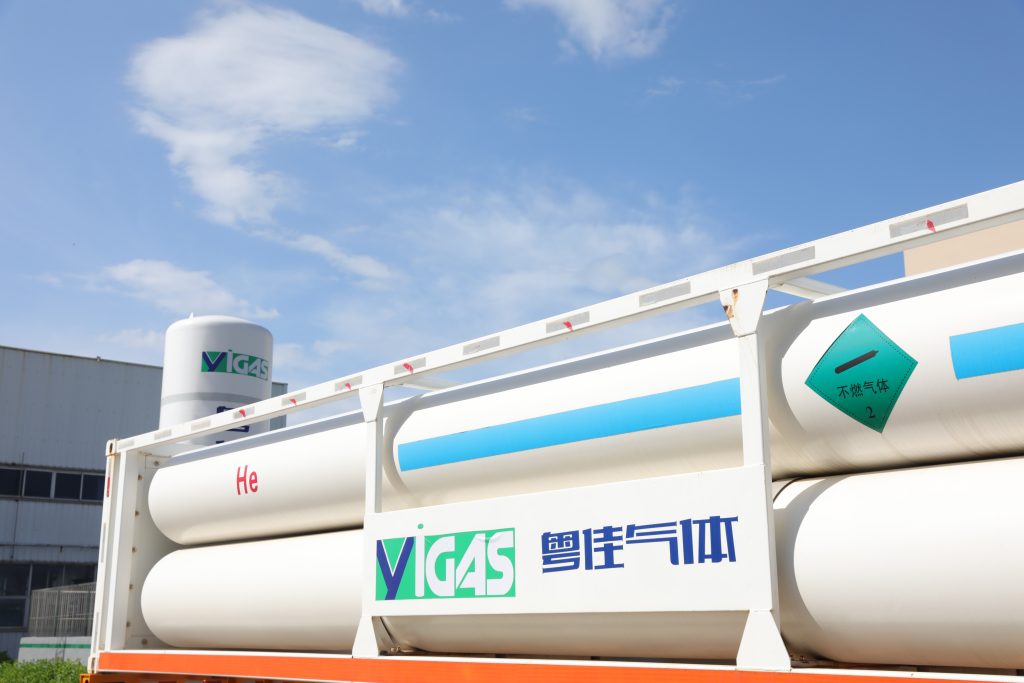
YIGAS Group has been delivering quality industrial gases since 1993. With ISO9001 and OHSMS18000 certifications and a broad network in China and beyond, YIGAS serves over 5,000 customers. They offer a comprehensive range: Argon, Acetylene, Helium, CO₂, Ethylene, Methane, and Nitric Oxide. Their large cylinder offerings (40–50 L) meet industrial-scale requirements, while smaller sizes serve workshops and mobile units.
How to Choose the Right Cylinder Size
- Estimate your flow rate: Total hours × flow (L/min) = required volume.
- Review tank capacity: Choose a tank that covers daily or weekly usage.
- Account for logistics: Ensure handling equipment handles weight safely.
- Check refill cycles: Larger tanks reduce disruption.
- Verify supplier standards: Pressure ratings, certification, serialized tracking.
Safety & Storage Precautions
- Secure storage: Upright chaining, away from heat or flame.
- Leak detection: Routine checks with soap/water or gas detectors.
- Regular inspection: Adhere to inspection intervals and hydro tests.
- Use regulators: Always use the correct regulator for gas pressure.
- Ventilation: Ensure well-ventilated welding areas to avoid asphyxiation or gas buildup.
Conclusion
Choosing the correct welding gas cylinder size ensures smooth operations, safety, and cost efficiency. Our detailed 2025 chart highlights standard cylinder designations and capacities. With suppliers like YIGAS Group offering varied cylinders and quality assurance through ISO certifications, you can match your welding needs precisely. Always consider usage, logistics, and safety in your selection process.
Summary Table
| Gas | Typical Cylinder | Capacity | Use Case |
|---|---|---|---|
| Argon | EG A 10 / A 50 | 2.8–13.5 m³ | TIG/MIG small to industrial |
| Carbon Dioxide | EG D 10 / D 40 | 2.8–11 m³ | MIG welding & cutting |
| Acetylene | EG C 2 / C 10 | 1.2–6.0 m³ | Oxy-acetylene torches |
| Helium | EG H 40 | ≈17.5 m³ | Specialty TIG/MIG hybrid uses |
| YIGAS Group | Various (10–50 L) | Dependent on gas | Full welding & industrial applications |
